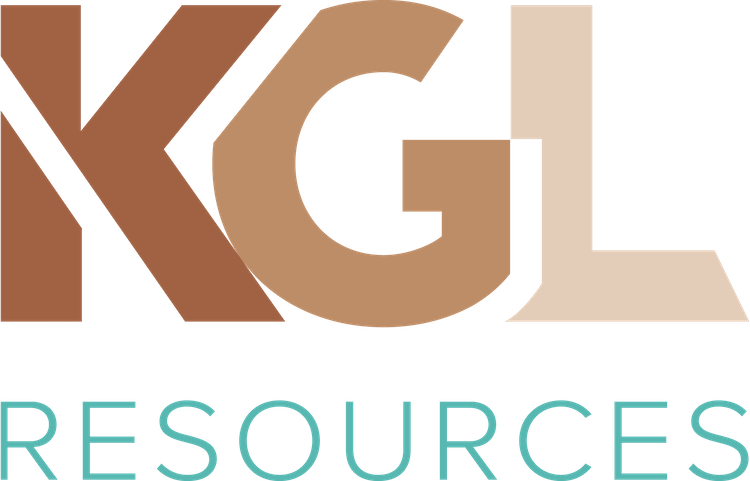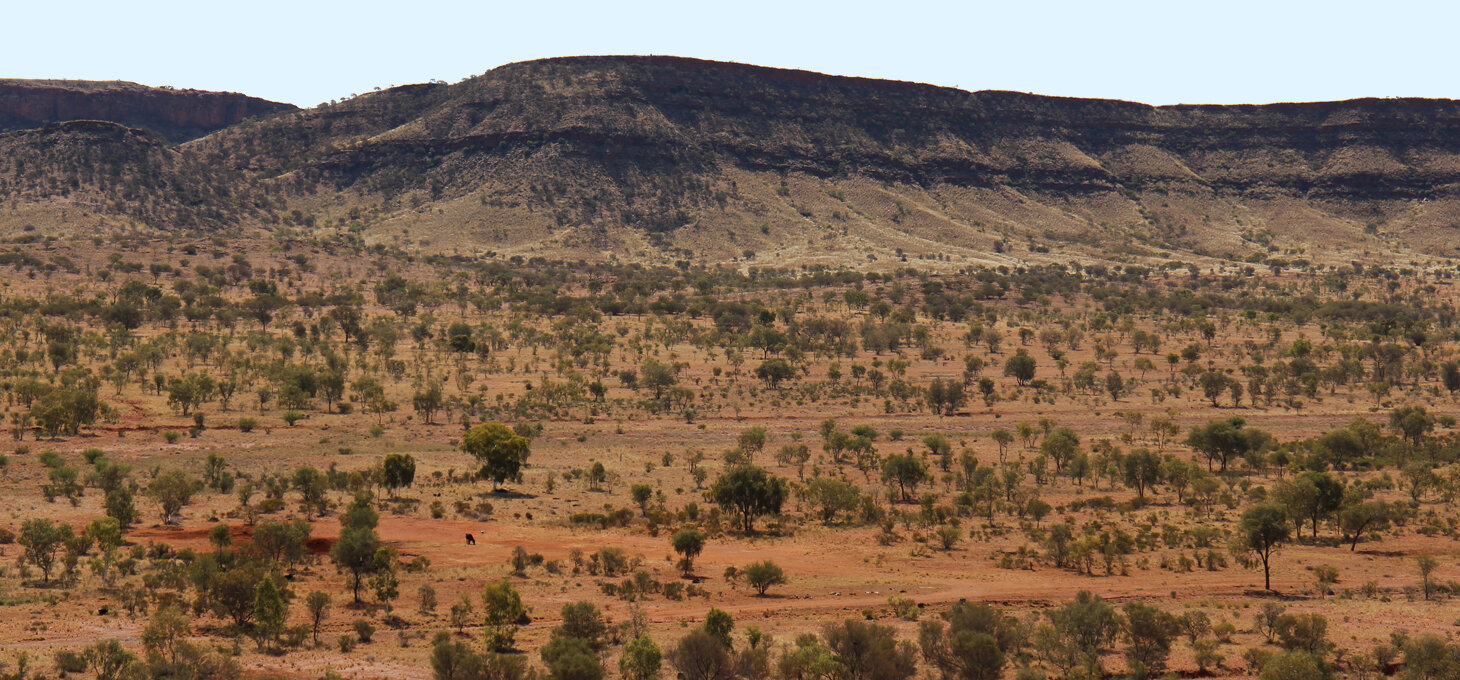JERVOIS PROJECT OVERVIEW | DEVELOPMENT & PERMITTING | OTHER PROSPECTS
Environmental approvals
KGL submitted a Notice of Intent (NOI) to the Northern Territory Government in 2013. The purpose of an NOI is to outline a proposed project and provide sufficient information for the NT Environment Protection Authority to determine whether a project requires formal assessment and if so, the appropriate level of assessment.
Following numerous Project developments and after additional mineralised zones were identified, a notice of alteration to the Project was submitted to the Northern Territory Government in January 2017.
In 2014, the NT Environment Protection Authority determined that the assessment level for the Jervois Copper Project was an Environmental Impact Statement (EIS). As part of the development of the EIS, several studies were undertaken:
Biodiversity
Surface and groundwater
Historic and cultural heritage
Traffic and transport
Geochemistry
Air and Noise
Human health and safety
Social and economic
KGL lodged its Draft Environmental Impact Statement (EIS) in October 2018, and completed a supplementary EIS in July 2019 following the public notification period.
The Northern Territory Enviromental Protection Authority recommended Government approval of the Jervois Copper Project in October 2019.
A Mining Management Plan addressing the conditions of the Environmental approval was lodged with the Northern Territory Government in April 2020, and the approval decision is expected in Q4 2020.
Timeline overview
2011:
KGL Resources acquired the Jervois Copper Project
2013:
KGL Resources submitted Notice of Intent to the Northern Territory Government
2014:
NT Environment Protection Authority (NT EPA) determined the assessment level would be Environmental Impact Statement
NT EPA issued Terms of Reference (TOR)
2017:
KGL provided notice of alteration to the project following the discovery of additional mineralised zones
NT EPA issues revised TOR and confirmed that the level of assessment would remain at EIS
2018:
KGL submitted the Jervois Copper Project Draft Environmental Impact Statement (EIS) to the Northern Territory Government in October 2018 and it was made available for public comment until the 14th December 2018. KGL was directed by the Northern Territory Environment Protection Authority (NT EPA) on the 21st of December 2018 to provide a Supplement to the Draft EIS to address the matters that were raised by the NT advisory bodies, non-government organisations and members of the public.
2019:
KGL lodged a Supplementary EIS report responding in July 2019 to all comments on the Draft EIS.
In October 2019, NT EPA recommended the NT Government approve the Jervois Copper Project.
2020:
KGL lodged its draft Mining Management Plan with the NT Government in April 2020, incorporating conditions of the Environmental approval.
NT Government approval is expected in Q4 2020.
2021:
Jervois Mining Management Plan approved by the NT Government in January 2021, incorporating conditions of the Environmental approval.NT Government approval is expected in Q4 2020.
2022:
KGL published its inaugural Sustainability Report in March 2022.
Jervois Resource updated August 2022 with JORC Resources of 23.80 Million tonnes at 2.02% Copper, 0.25g/t Gold and 25.3g/t Silver.
Jervois Project Feasibility Study published, November 2022., with positive financial returns and JORC Ore Reserves reported of 11.7 Mt @ 2.10%Cu, 0.29 Gold g/t, and 29.8 g/t Silver.
Environmental assessments
Mining Management Plans
View the Jervois Project's approved mining management plan.
Social Impact Management Plan
View the Social Impact Management Plan.
Water Management Plan
View the Water Management Plan.
Groundwater Management Plan
View the Groundwater Management Plan.
This project builds upon a unique history of mining in the area and has the potential to make a positive economic impact to the region over the next decade. It has a potential mine life of 12 to 15 years, producing up to 150,000 tonnes of base metal concentrate per year*.
The Project will create approximately 360 jobs during construction and 300 operational jobs during peak production. KGL Resources is committed to providing jobs to locals where possible, and will develop local and indigenous participation plans with more detail on how this will be achieved.
The ore will be mined by both open pit and underground mining methods and processed on site. The ore concentrate will be transported in enclosed containers by road into Alice Springs via the Plenty and Stuart highways. The ore filled containers will then be loaded onto trains for transport to Darwin and/or Adelaide.
The Project will include stockpiles, a processing plant, tailings storage facilities, workshops, laydown areas, offices, operational buildings, access and haul roads, power generation and supply facilities, water storage and supply infrastructure and an accommodation camp.
* This is not an indication of the Jervois Resource or Reserve. It is a statement for the purpose of the EIS process in anticipation of the potential growth of the Resource
The Project area has been used for mining and exploration since 1929 with a copper mine operating in the area periodically from 1963 to 1983. Historic mining disturbance includes a tailings storage facility, waste rock dumps, decommissioned processing plants, pits, prospecting trenches, run of mine stockpiles, water storages, evaporation ponds, an exploration camp, and roads and tracks.
A full history of mining at Jervois can be viewed at
Jervois Copper Project History Timeline
Frequently asked questions
Where is the mine located?
The Jervois Copper Project is 380 kilometres by road north-east of Alice Springs in Central Australia. The nearest occupied communities are Bonya and Harts Range.
What will be mined?
The bulk of the mineral resource is copper, but there is also silver, lead, gold and zinc.
How big will the mine be?
The Project footprint is estimated at 970 hectares, or about 9.7 square kilometres of which a significant portion has been disturbed by historic mining activities.
What will the mining method be?
The ore will be mined by both open pit and underground mining methods. The ore will be mined concurrently from several open pit and underground mines.
What is the expected mine life?
The Project has a potential mine life of 12 to 15 years, mining approximately two million tonnes per year. This would produce up to 150,000 tonnes of base metal concentrate per year*.
* This is not an indication of the Jervois Resource or Reserve. It is a statement for the purpose of the EIS process in anticipation of the potential growth of the Resource
How many direct jobs will be created?
Around 360 jobs will be created during construction and 300 operational jobs will be created during peak production.
What is the Environmental Impact?
As this Project is considered to be a reopening of the Jervois Mine with expansion of the resource, the risks and potential impacts associated with this Project are well known to KGL. Throughout the recent EIS process, investigations have been undertaken to further investigate potential risks and impacts and ensure that any uncertainties are managed. The impact assessment process has considered the land and water resources and biodiversity and community that is dependent upon these resources. The socio-economic and heritage aspects of this Project and its surrounds have also been considered, as has the potential implications to human health and safety, including transport of materials to and from site. The findings have been largely positive, especially in terms of the positive implications for the socio-economic aspects associated with the Project.
The full EIS assessment report can be read here.
How will KGL protect the local environment, including water?
With regards to the water resources, careful investigation over a number of years has taken place to ensure that the proposed borefield is situated within an aquifer that does not pose a risk to the current users of groundwater within the region. A program for continuing to develop the modelled knowledge of the groundwater resources has been developed as part of this EIS process. As this knowledge is built upon this will be utilised to inform the site water balance model which is focused on accounting for site water demands now and in the future. This will ensure there is careful management of this vital resource for the community and the operations. The potential for acid mine draining has been investigated and the findings were that the majority of the site is non-acid forming. This means that with careful management and adherence to the management actions developed as part of this EIS the Project will not interfere with land and water resources within the area. Finally, utilising KGL’s knowledge of the area and lessons from other historical operations, KGL is committed to ensuring that closure and rehabilitation is considered from the outset and this is demonstrated through the development of the draft Mine Rehabilitation and Closure Plan completed as part of the EIS process. These plans and commitments will be further developed as detailed engineering works are undertaken and will ensuring that these outcomes remain a focus during operations.
Why develop this project now?
The Company is focused on completing Project studies that will determine the optimal development scenario at Jervois, with positive outlooks for commodity prices supporting the Company's strategy of near term project development.




